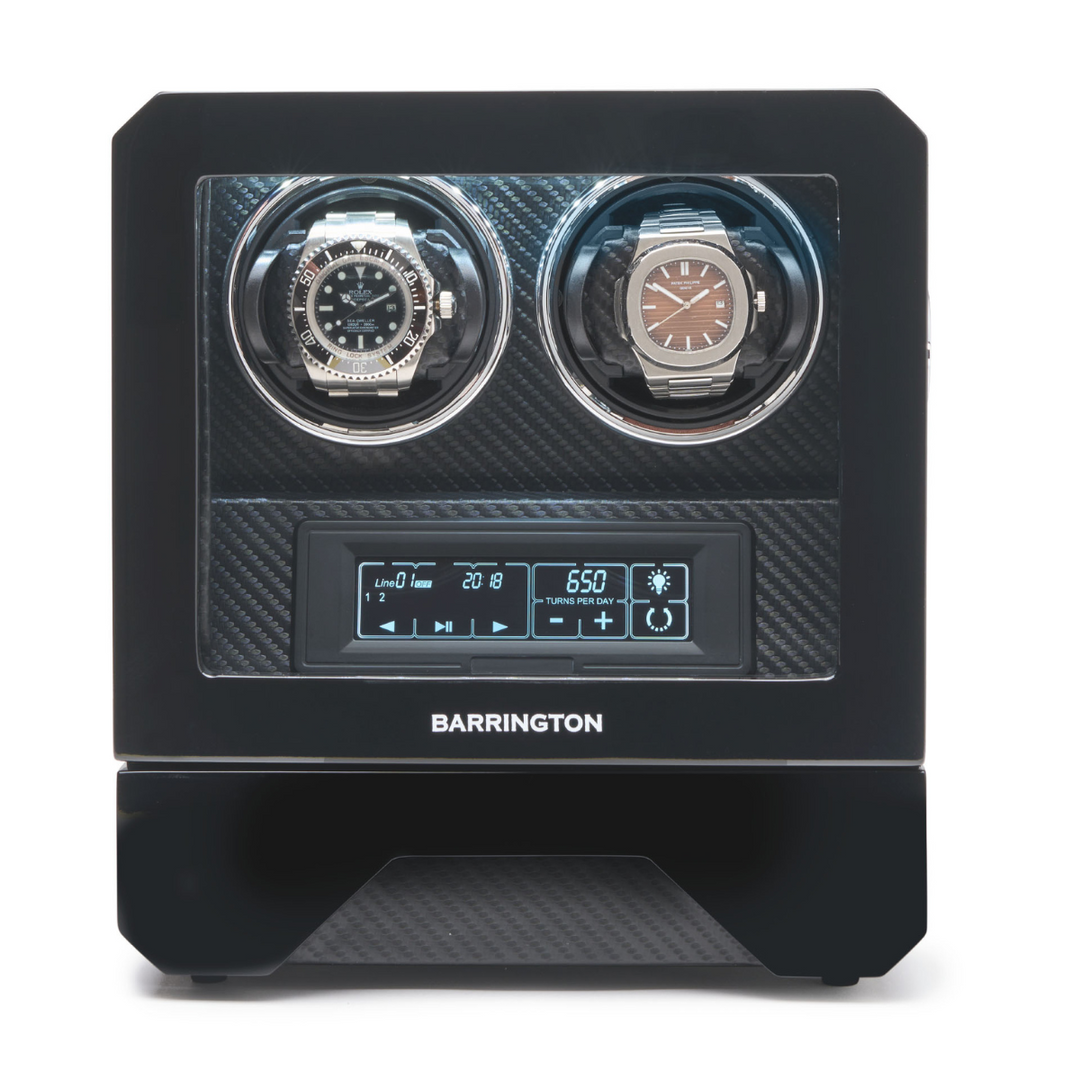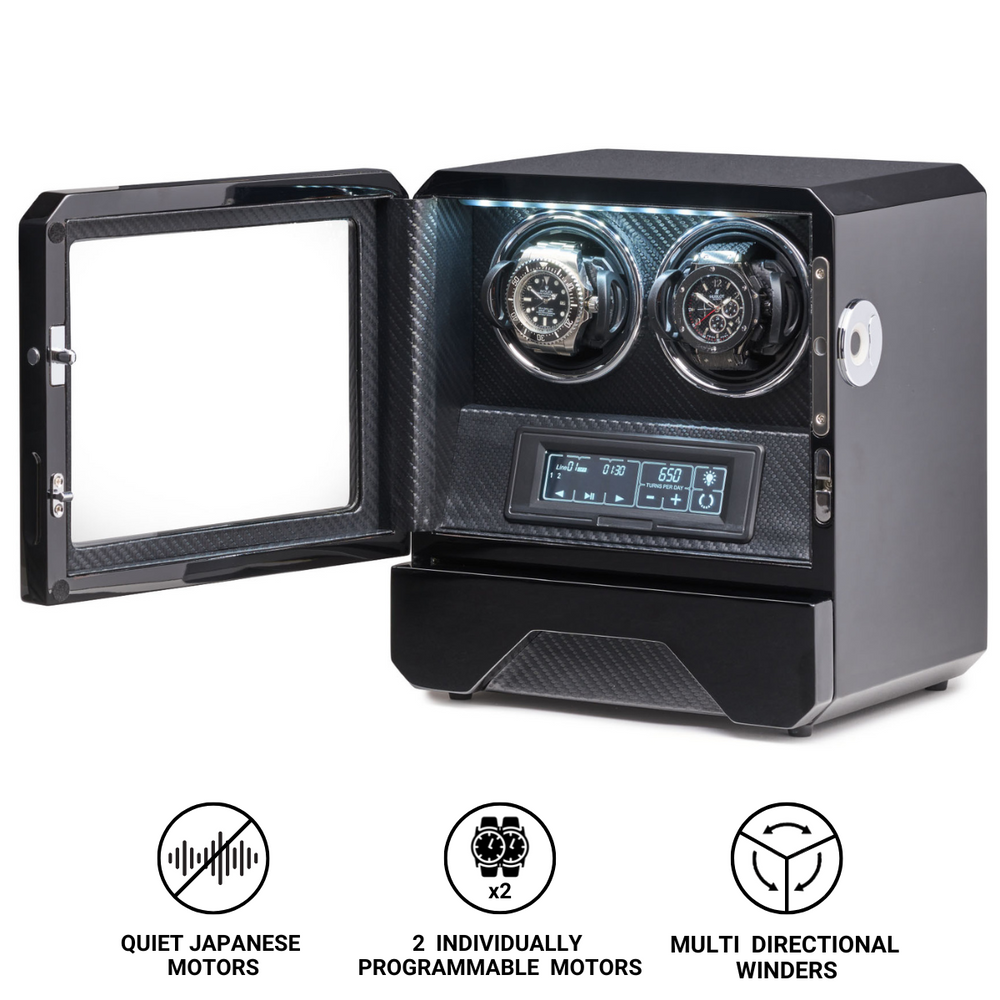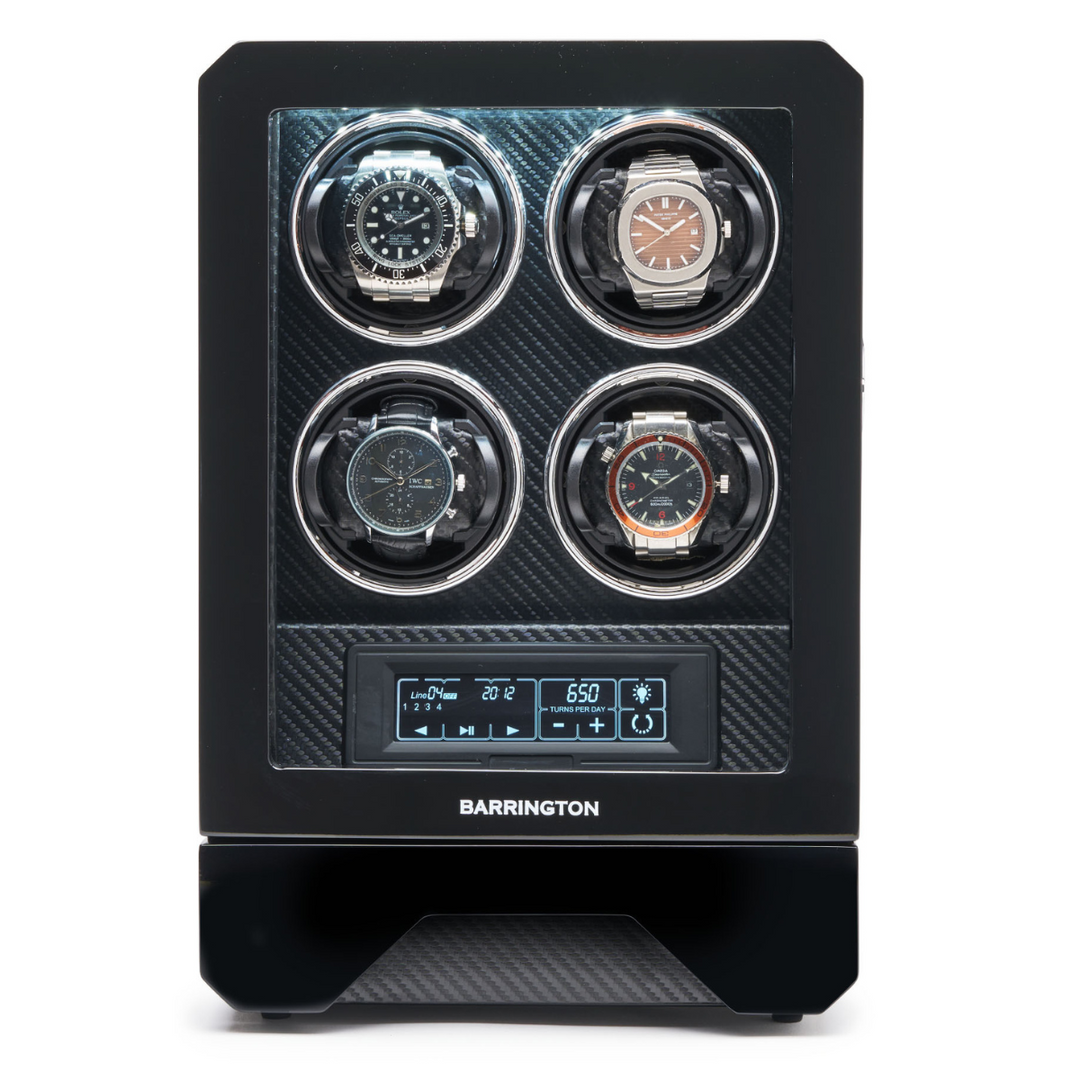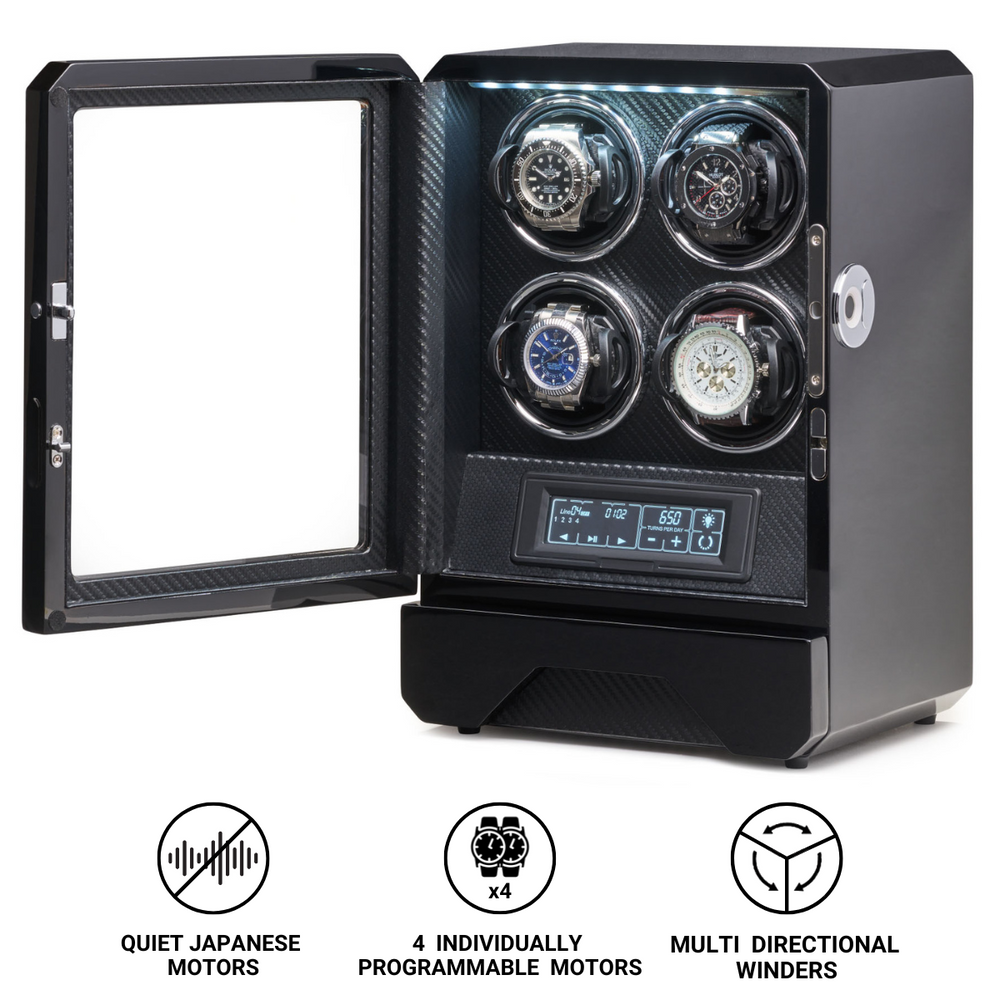Independent Watchmakers Drive Luxury Market Growth: Industry Analysis
The luxury watch industry in mid-2025 is navigating a fascinating period of evolution, shaped by dynamic collector preferences, global economic currents, and continuous brand innovation. For both seasoned horology investors and those new to the world of fine timepieces, understanding the most impactful market trends is crucial for informed purchasing decisions. According to analyses of market data and trends from various sources, including WatchCarts and internal Investment Watches models, a prominent finding defining this landscape is the significant surge in the popularity and value of independent watchmakers.

Independent Brands Emerge as Market Leaders
A singular, powerful trend currently dominating the luxury watch market is the escalating demand for independent brands. Discerning collectors are increasingly looking beyond the traditional giants, often referred to as the "Holy Trinity" (Patek Philippe, Audemars Piguet, and Vacheron Constantin), to embrace smaller, high-horology houses. Manufacturers like F.P. Journe, Laurent Ferrier, Kari Voutilainen, and H. Moser & Cie are experiencing unprecedented interest. This heightened demand is propelled by their limited production volumes, exceptional artisanal finishing, and the inherent individuality each timepiece possesses. Significantly, prices for these independent creations on the secondary market are beginning to reflect this growing appreciation; some independent brands are even outperforming the year-over-year growth rates of established marques, including Rolex.
Precious Metals Regain Momentum
Following several years of stainless steel's ubiquity, precious metals such as white gold, rose gold, and platinum are making a strong comeback. Leading manufacturers, including Rolex, A. Lange & Söhne, and Patek Philippe, have responded to this shift by introducing new or reintroducing popular models in these luxurious materials. Examples include the Rolex Daytona in platinum with an ice blue dial, the Patek Philippe 5811 in white gold, and the Audemars Piguet Royal Oak in rose gold. Buyers are increasingly perceiving these watches as exclusive, highly collectible, and, in some instances, more readily available than their stainless steel counterparts.
A Lean Towards Smaller Case Dimensions
For over a decade, watches exceeding 42mm in diameter held considerable sway; however, mid-2025 clearly shows a distinct shift towards mid-size and vintage-inspired case dimensions. Male collectors are increasingly gravitating towards sport watches in the 36–39mm range, while there is a growing demand from women for unisex and mid-size pieces. Brands such as Tudor and Cartier are particularly thriving in this sub-40mm sweet spot. This embrace of more modest sizing reflects a desire for enhanced comfort coupled with a classic design appeal; collectors are readily embracing this retro aesthetic.
Enduring Appeal of Specific Dial Hues
Color continues to be a pivotal factor in determining market desirability. While classic blue and black dials maintain their timeless appeal, 2025 has witnessed sustained and robust enthusiasm for specific vibrant shades. Green dials, exemplified by models like the Rolex Datejust and the Patek Nautilus 5711/1A-014, remain highly popular. Salmon dials, frequently seen in chronographs and dress watches, are also in vogue. Furthermore, ice blue dials, particularly when paired with platinum references, continue to capture significant collector interest. These distinct dial colors often offer a refreshing contrast to traditional forms and are frequently associated with limited production runs, thereby enhancing their collectibility.
Complications Experience Renewed Interest
Today's collectors are seeking more than just basic time and date functions; there is a growing fascination with horological complications. Annual calendars, as seen in the Patek Philippe 5205G and Omega Constellation, are gaining traction. Chronographs, exemplified by the Zenith El Primero and Rolex Daytona, continue to be highly desirable. Additionally, GMT and dual time functions, present in models like the Rolex GMT-Master II and Vacheron Overseas Dual Time, are increasingly sought after. Buyers are demonstrating a clear preference for watches that offer enhanced mechanical sophistication and visual intrigue.
The Imperative of Transparency and Authentication
Given the escalating values of luxury watches and the increasing sophistication of counterfeit products, full transparency during the acquisition process has become paramount for collectors. Buyers prioritize knowing a watch comes with its original box and papers, a comprehensive service history, and verifiable authenticity from reputable dealers. This emphasis underscores why platforms offering professionally inspected and verified timepieces, along with high-level client service, have gained significant trust within the market.
Concluding Thoughts
The luxury watch market in mid-2025 is defined by more refined tastes, heightened expectations, and a pronounced focus on individual expression. From the increasing prominence of independent watchmakers to a renewed appreciation for complications and precious metals, contemporary collectors are demonstrating greater knowledge and more deliberate purchasing habits. Whether acquiring for personal enjoyment, status, or financial appreciation, remaining attuned to these prevailing trends can facilitate more informed and ultimately more rewarding investments.














